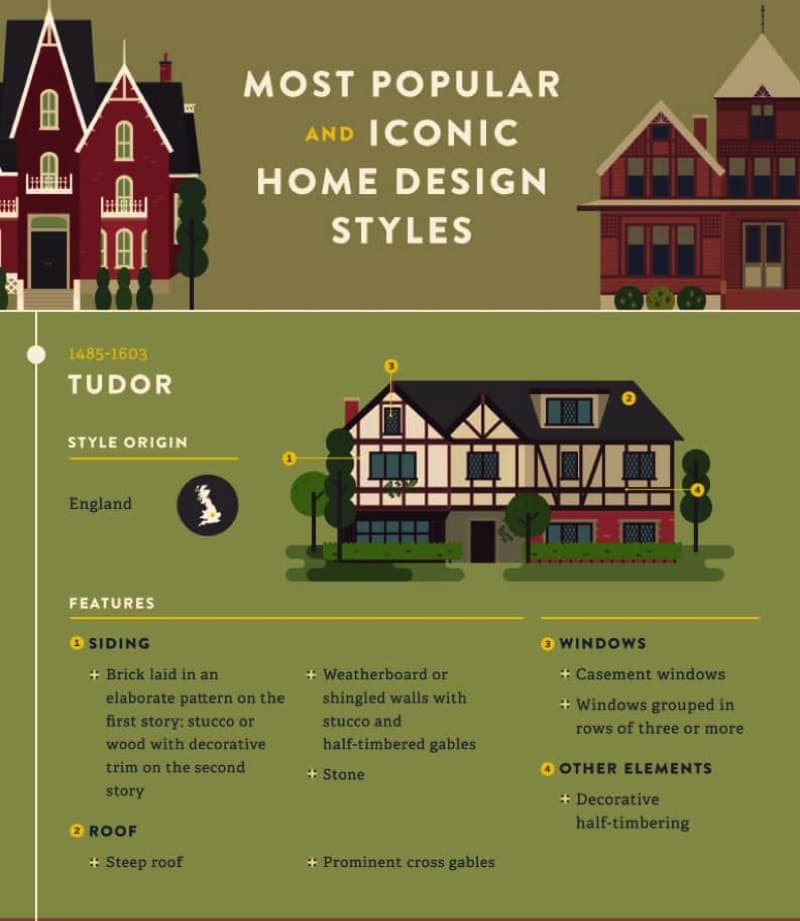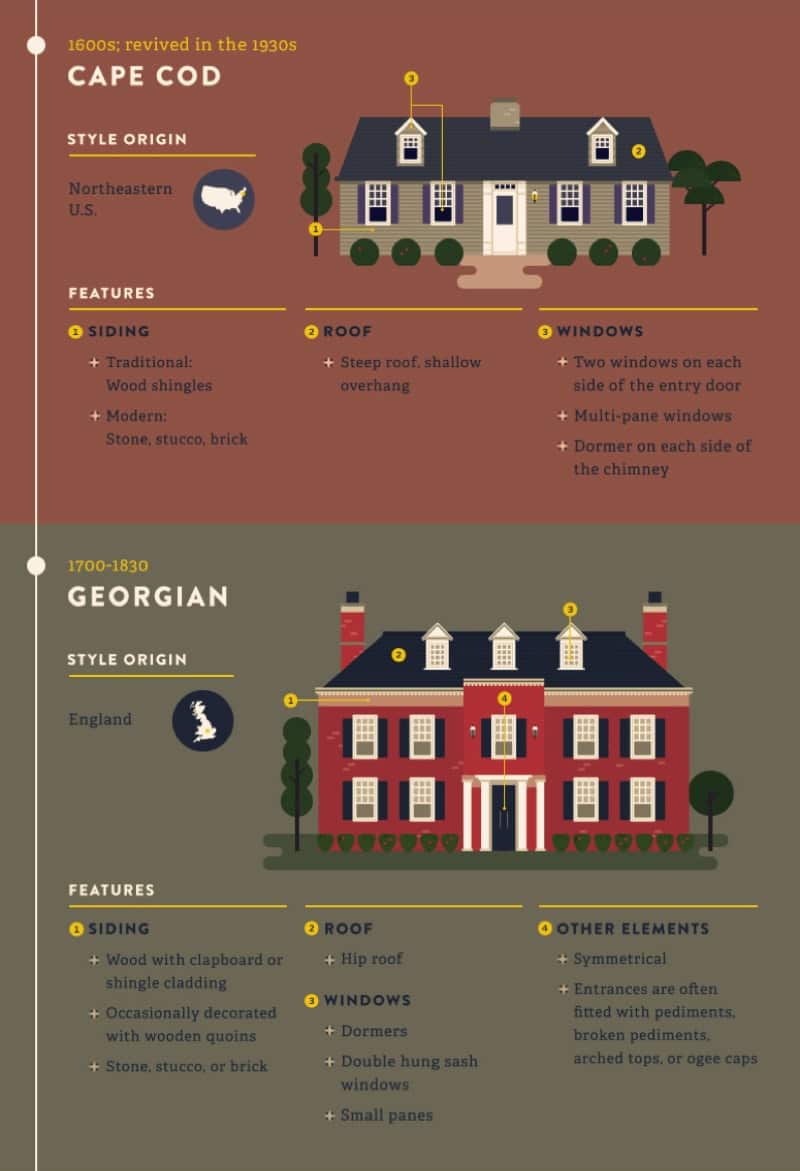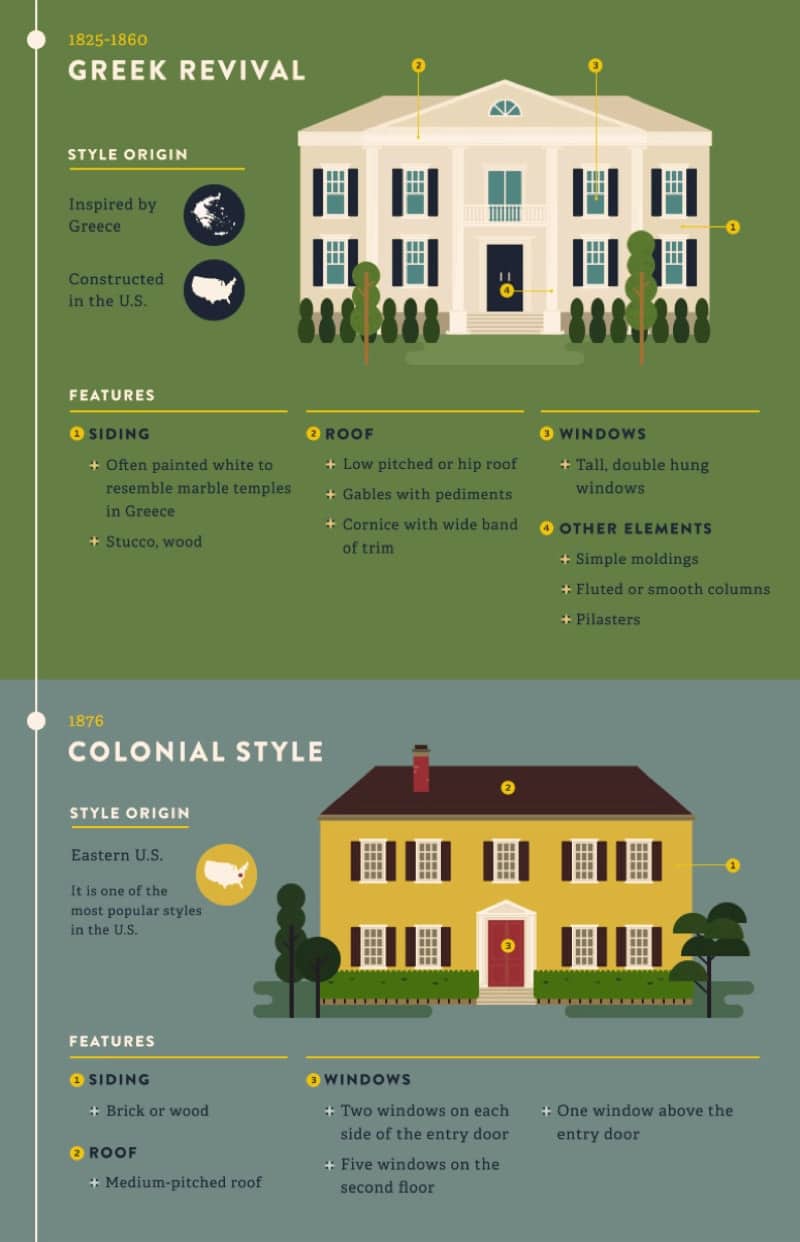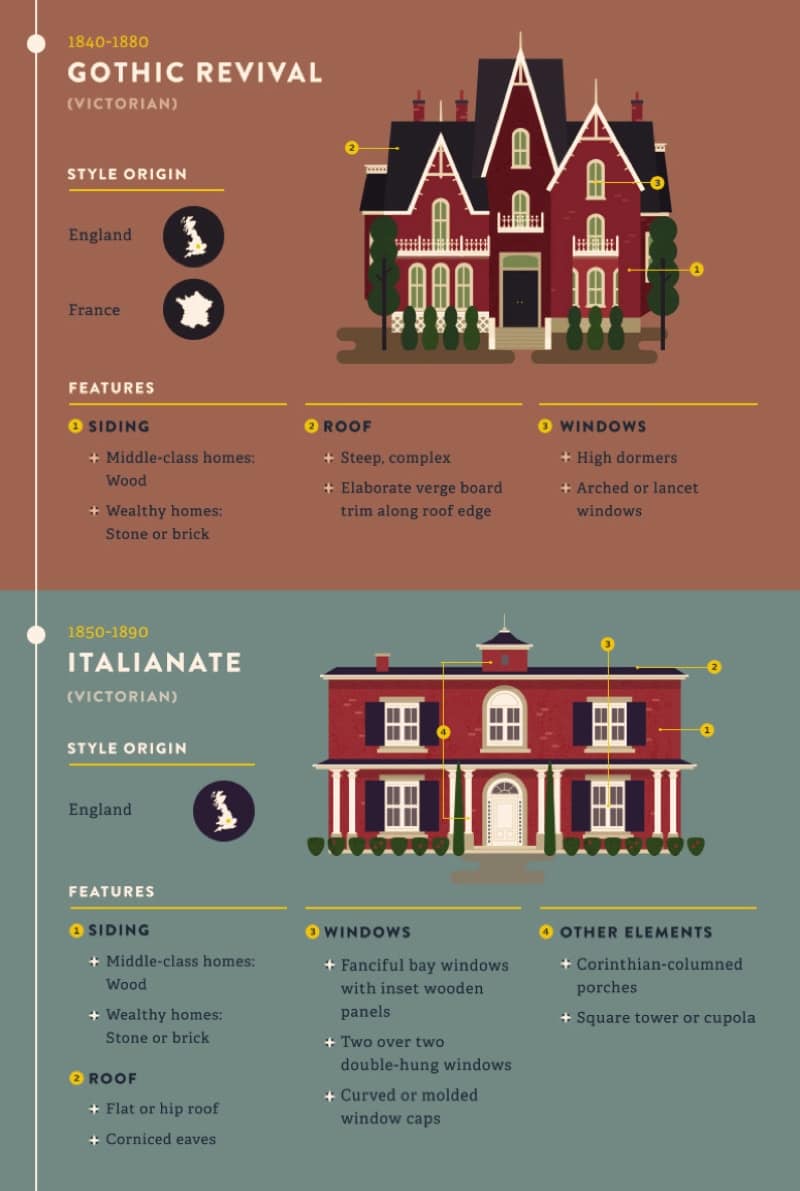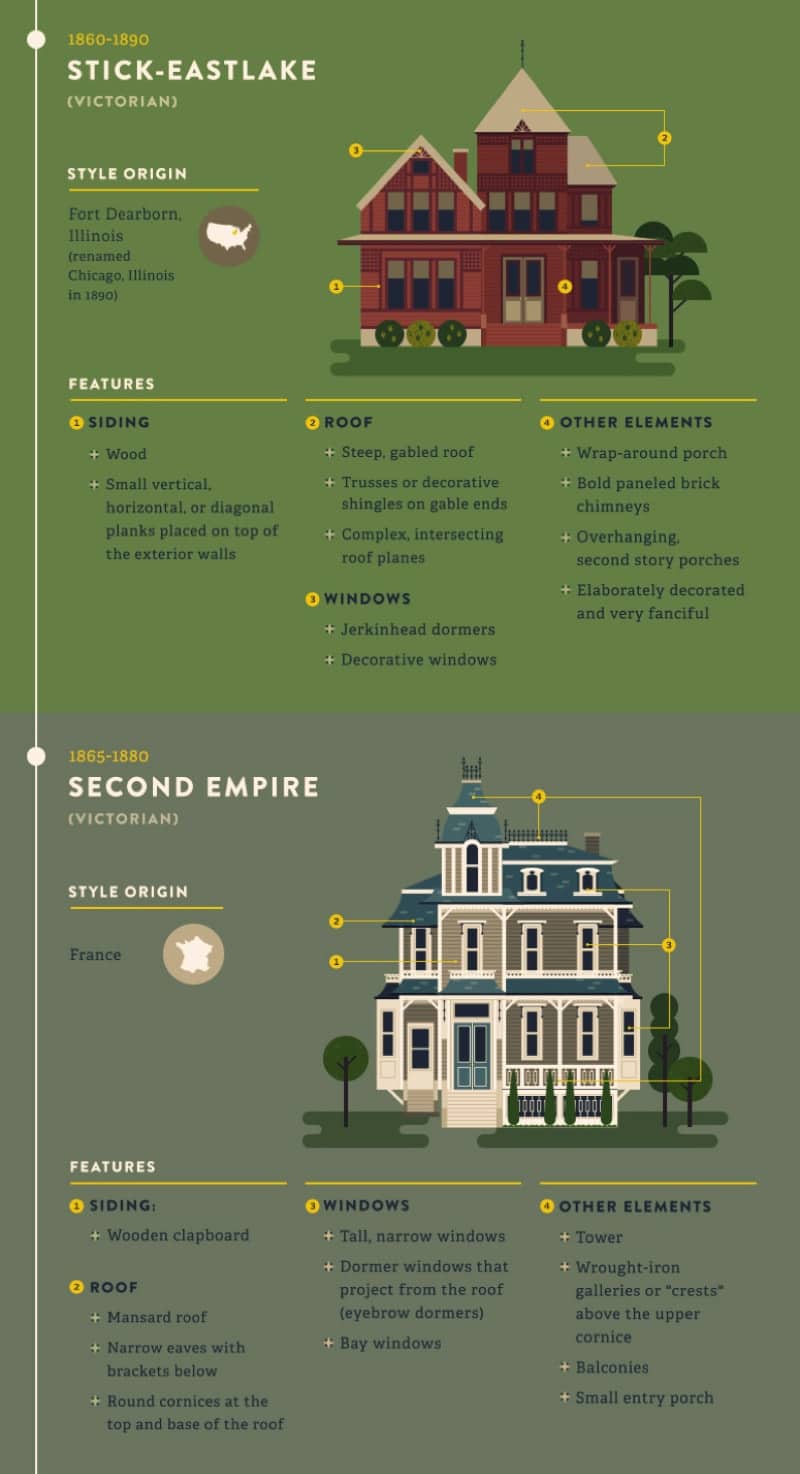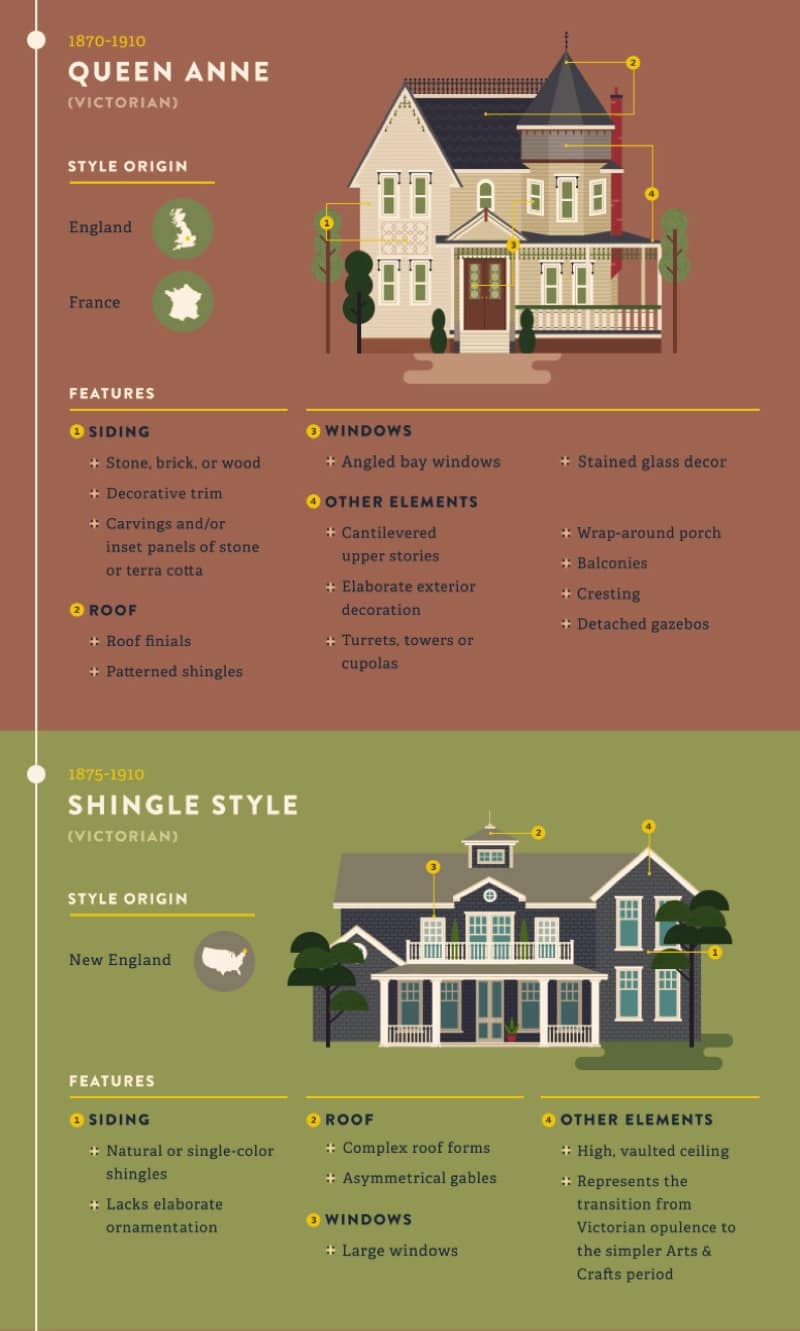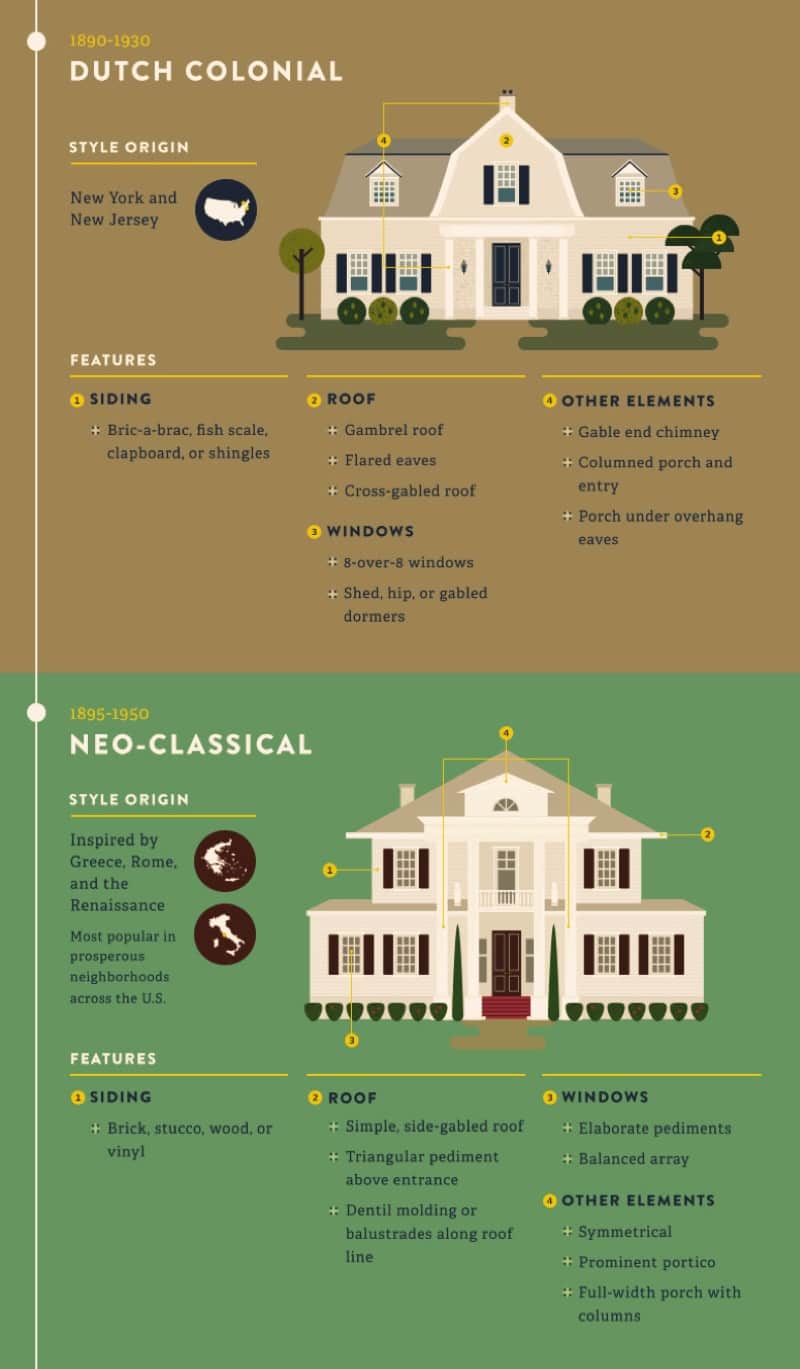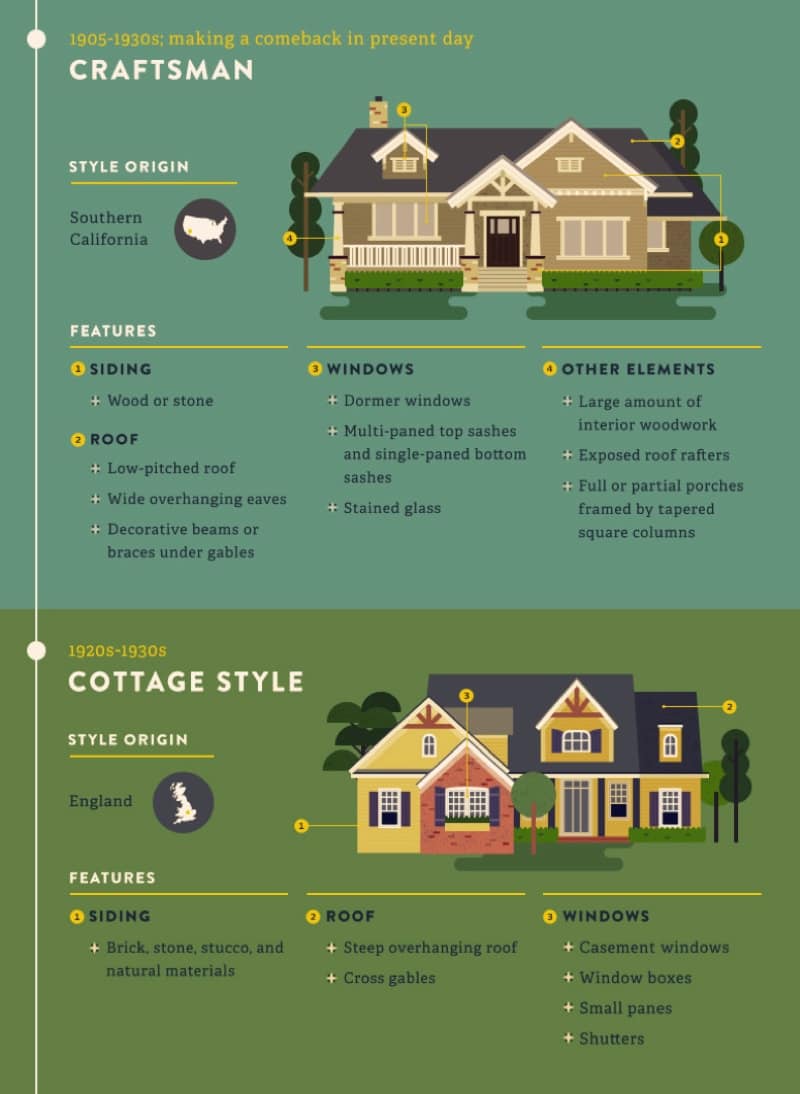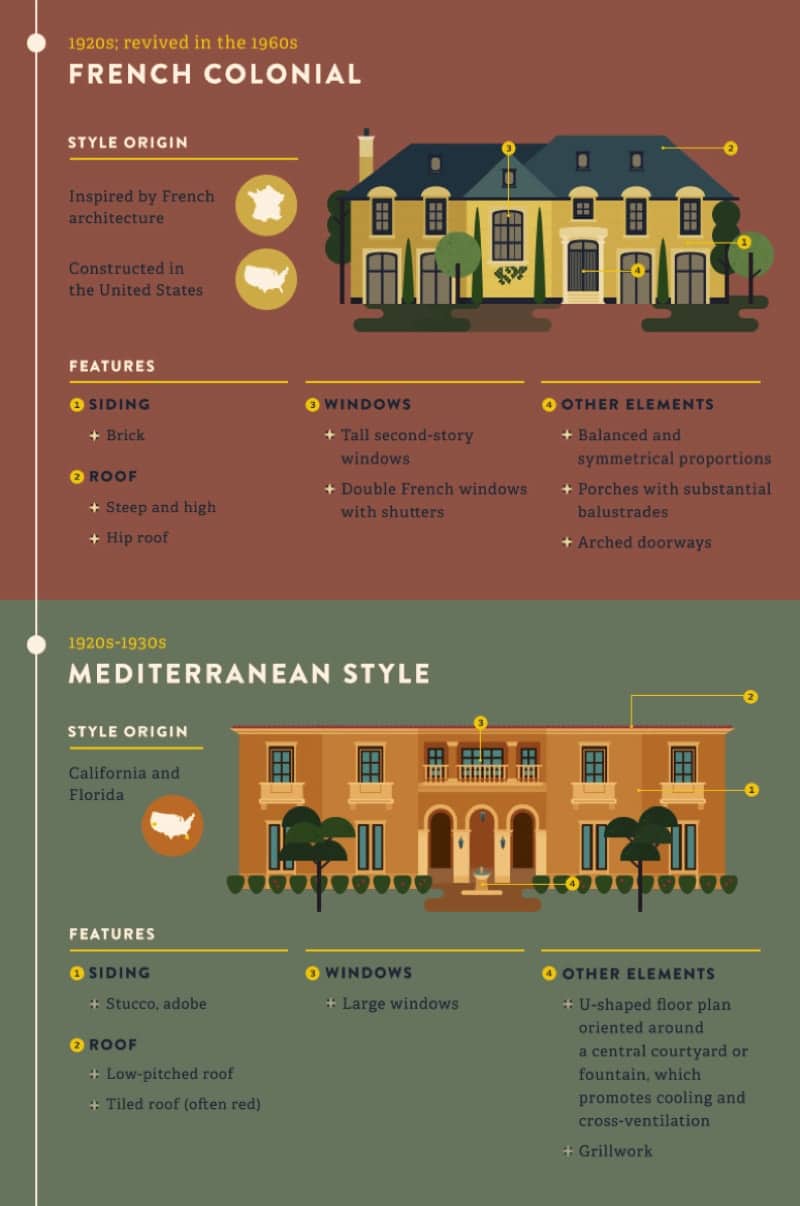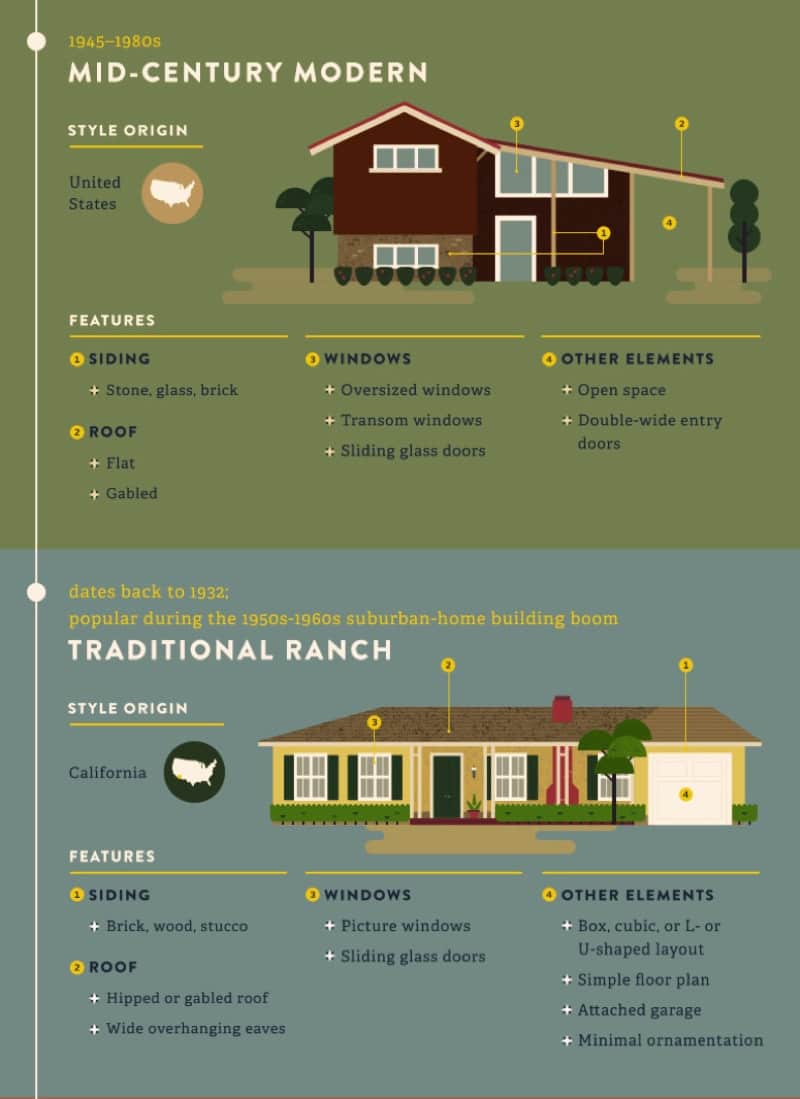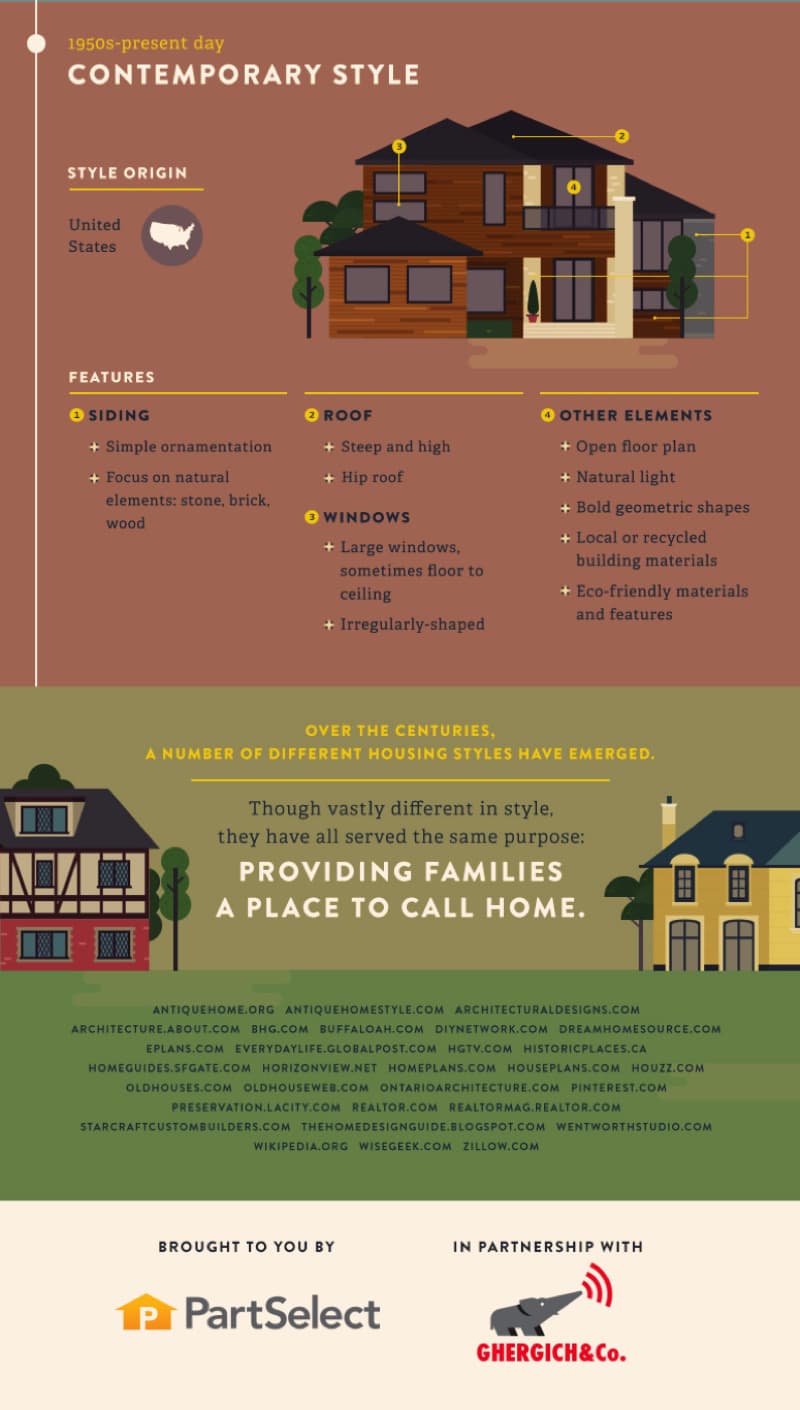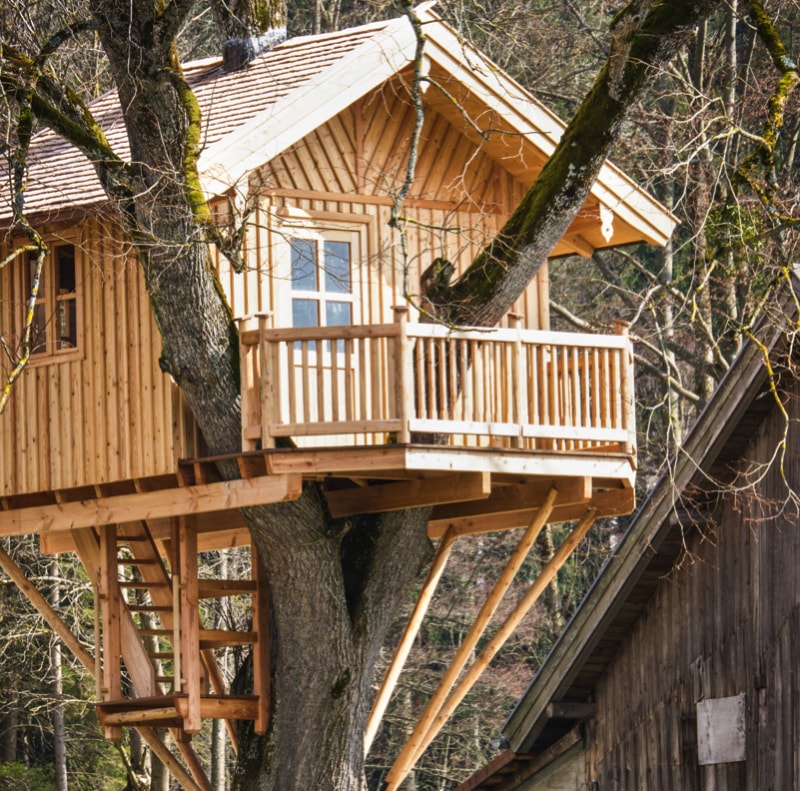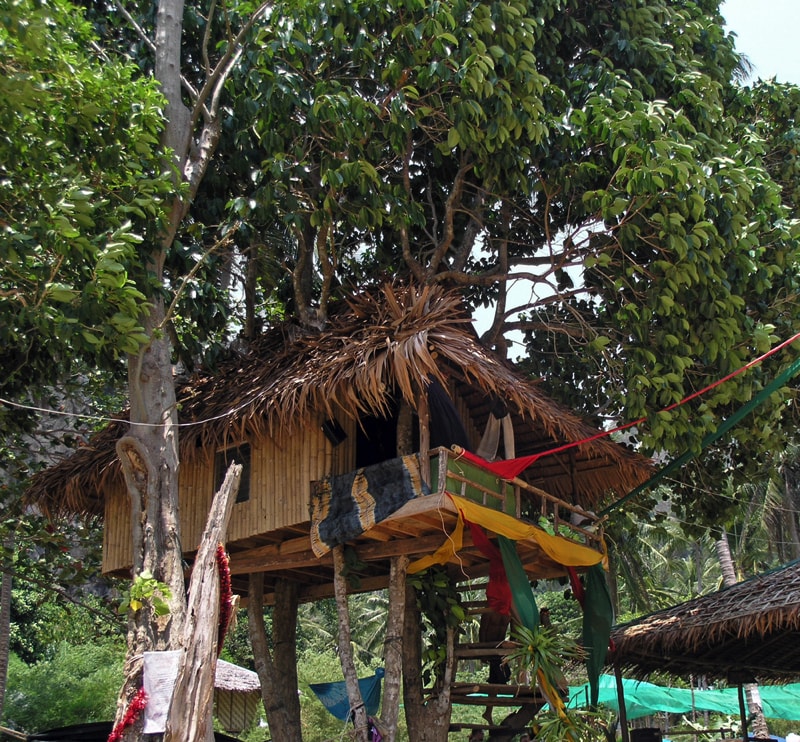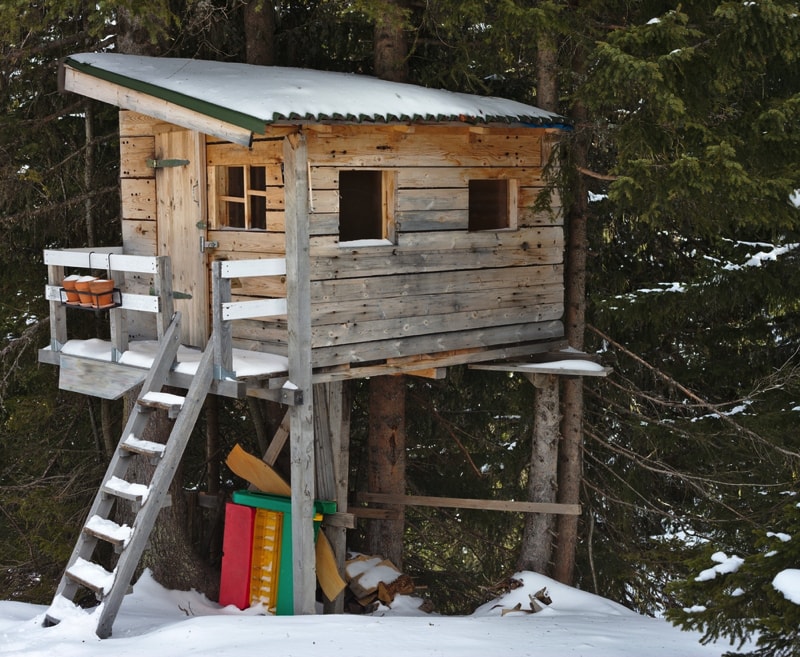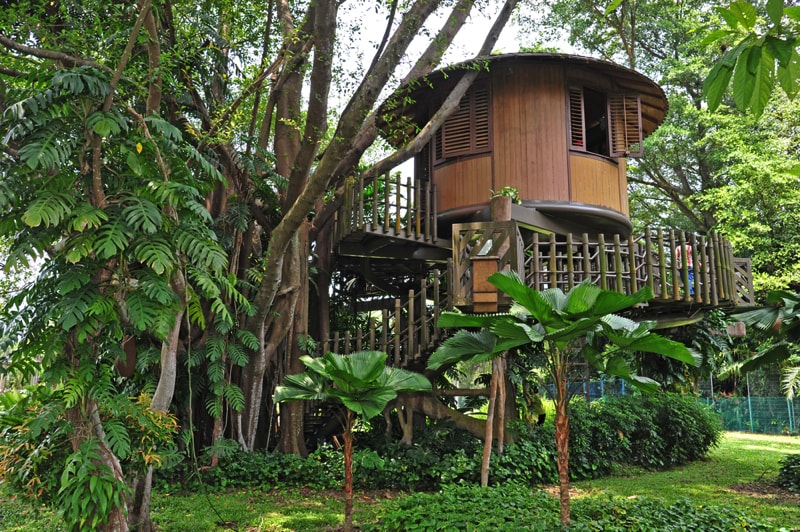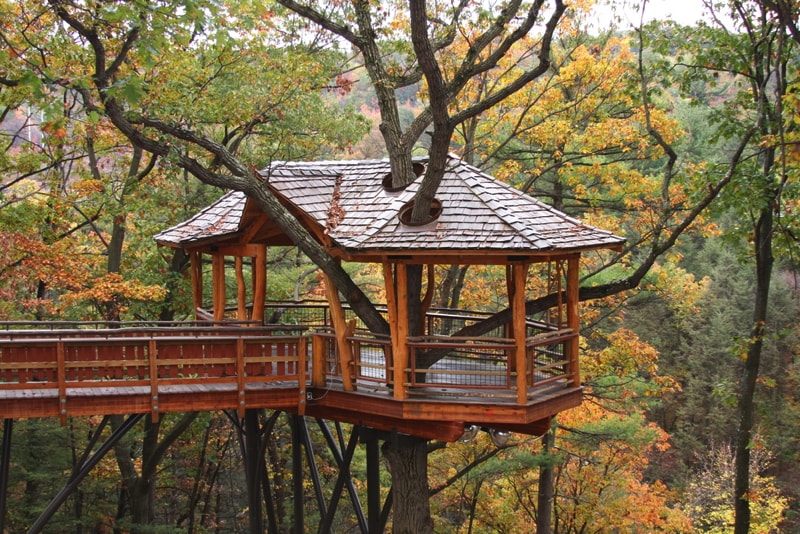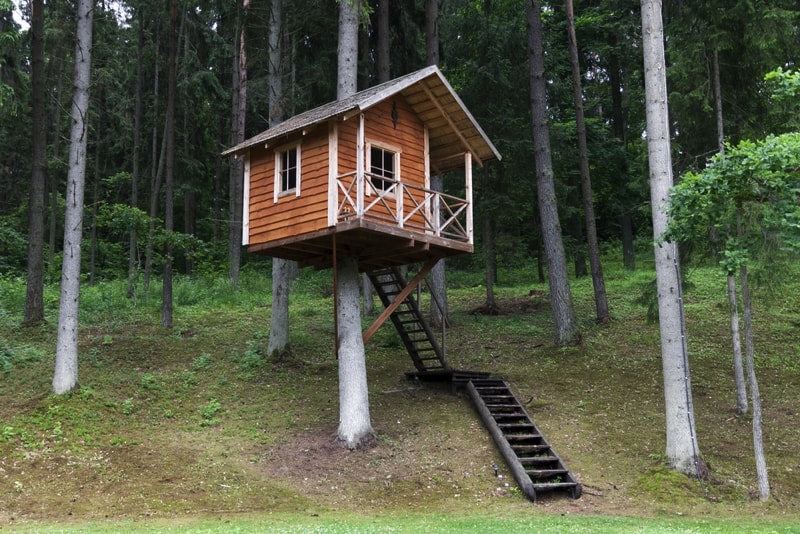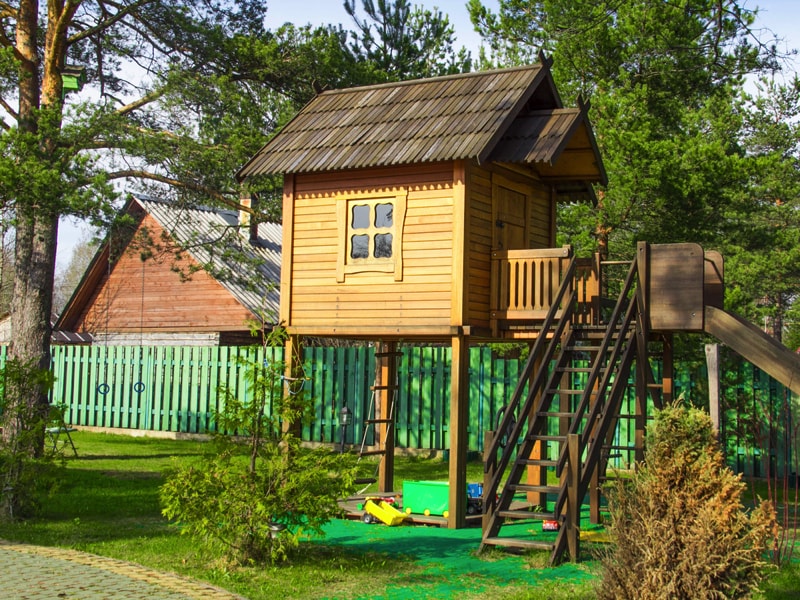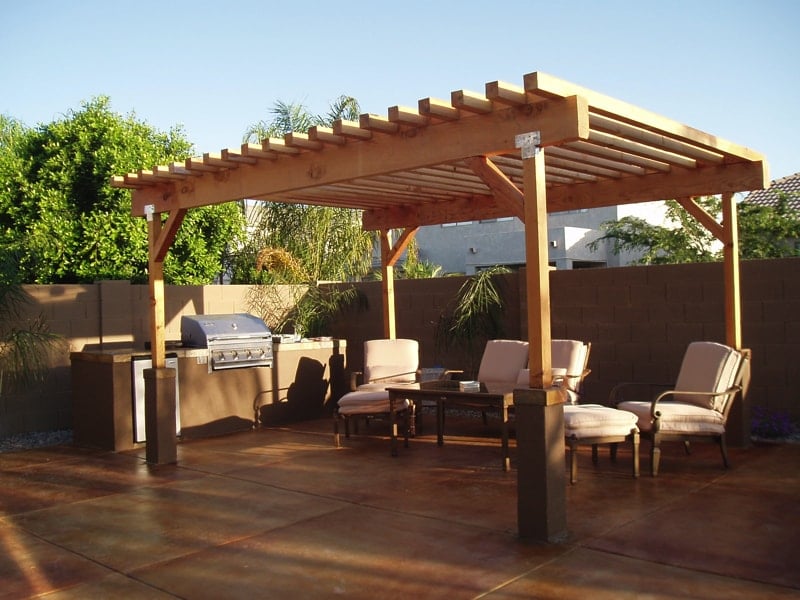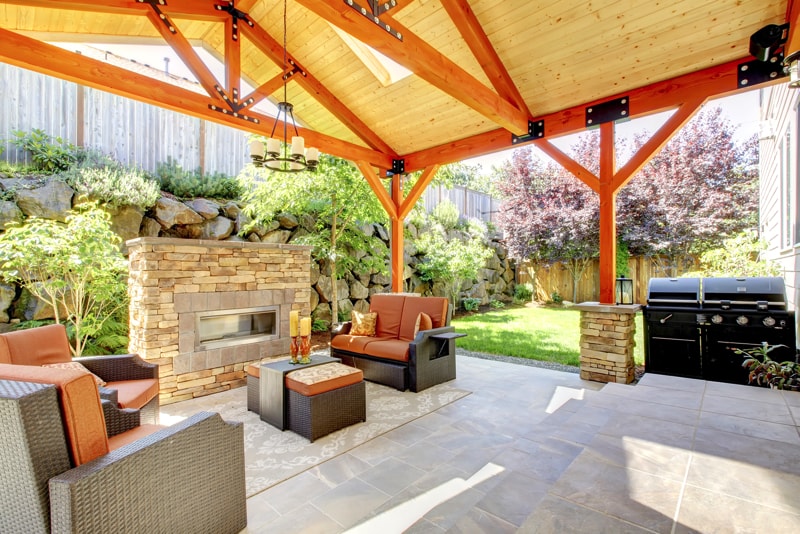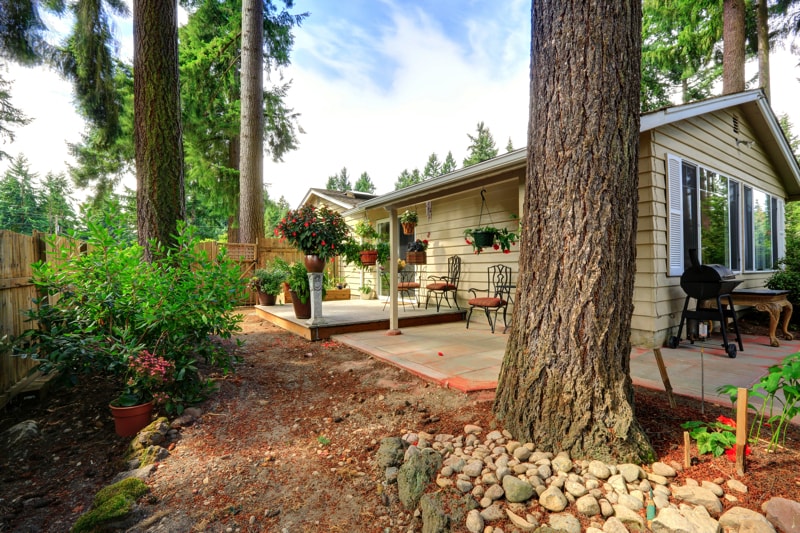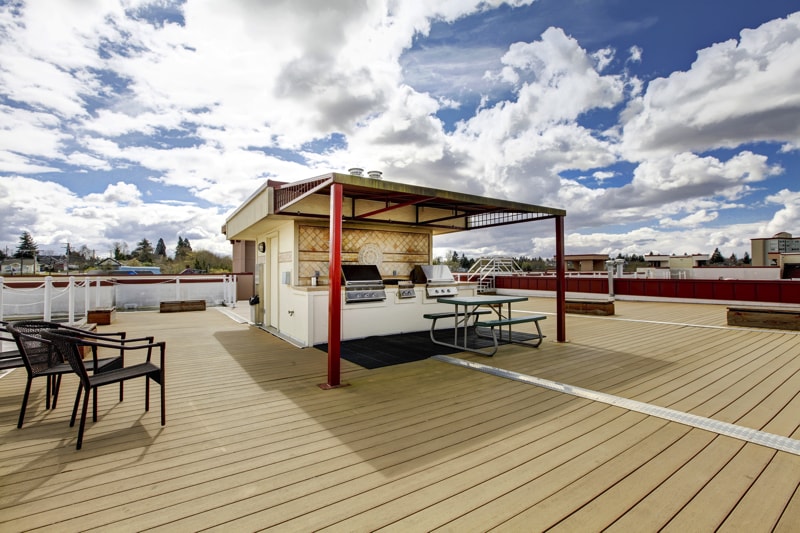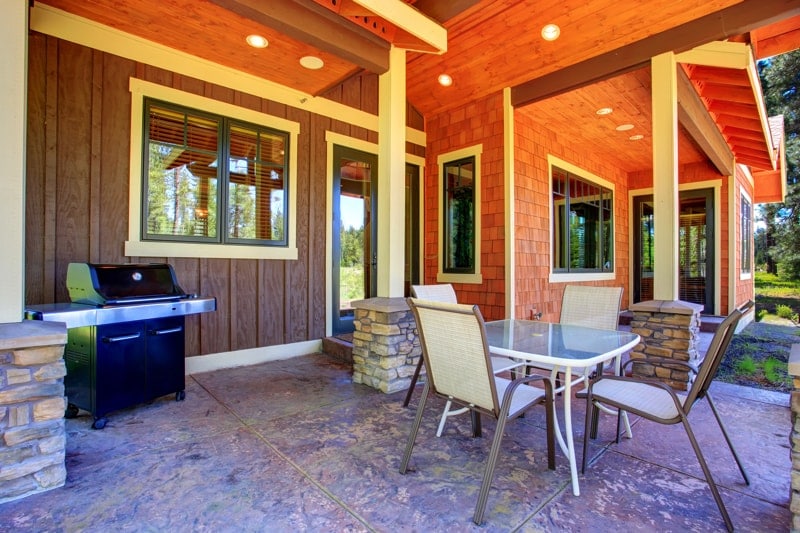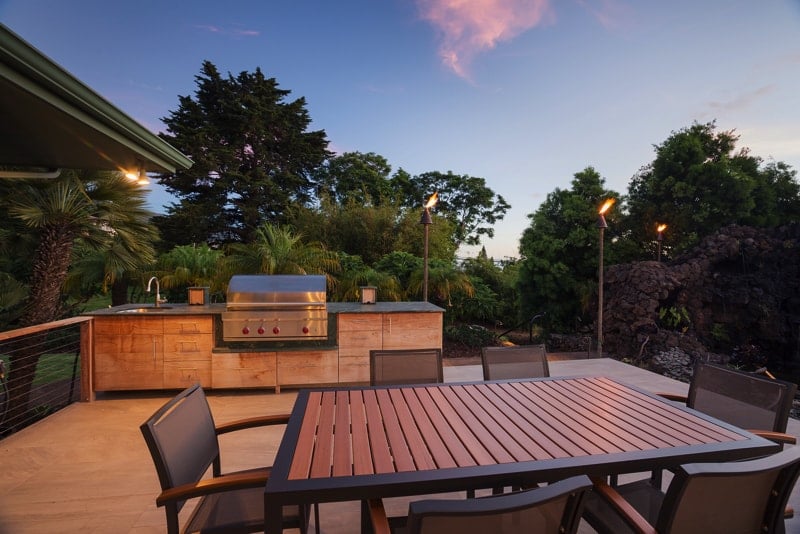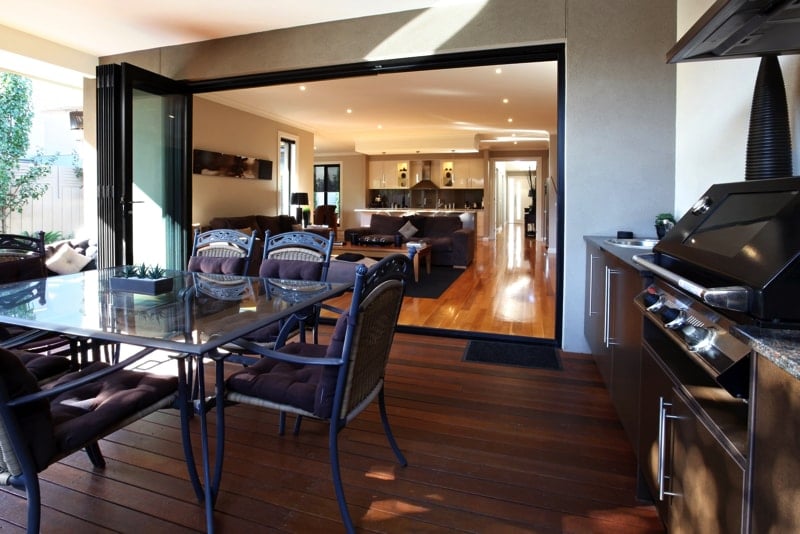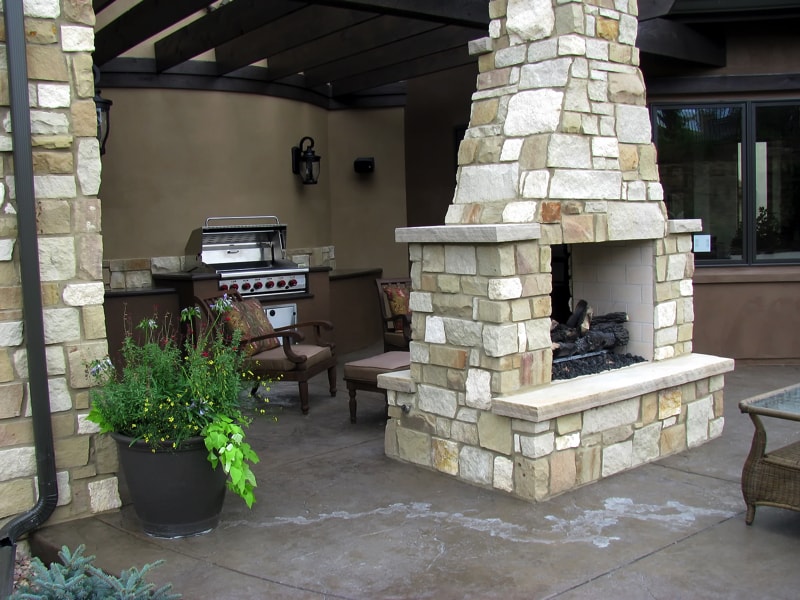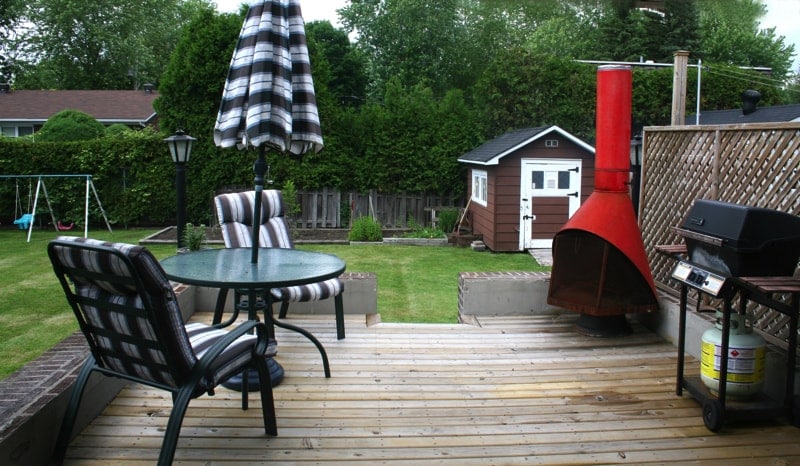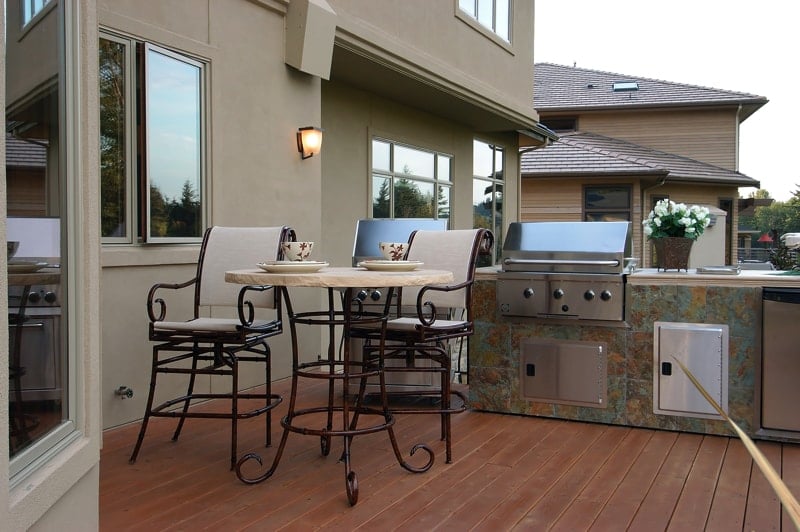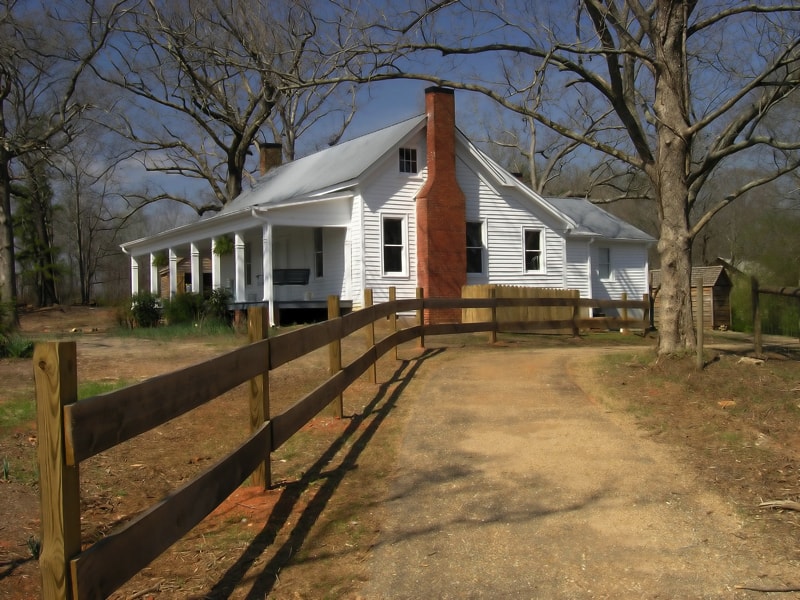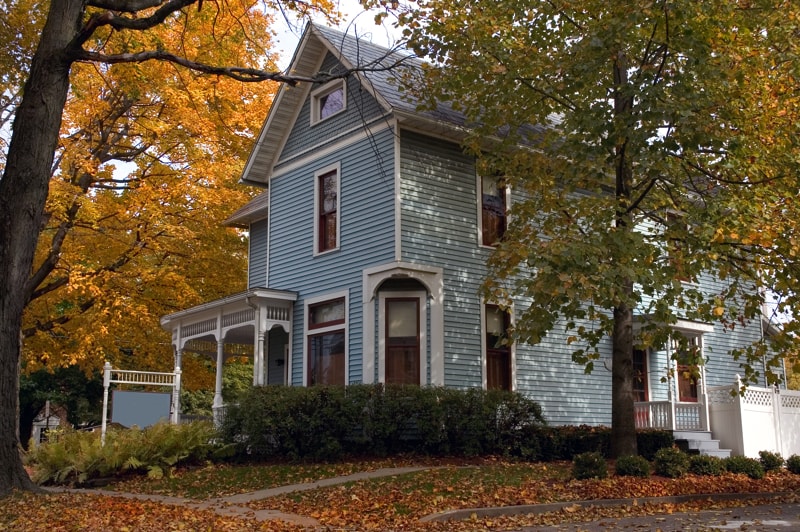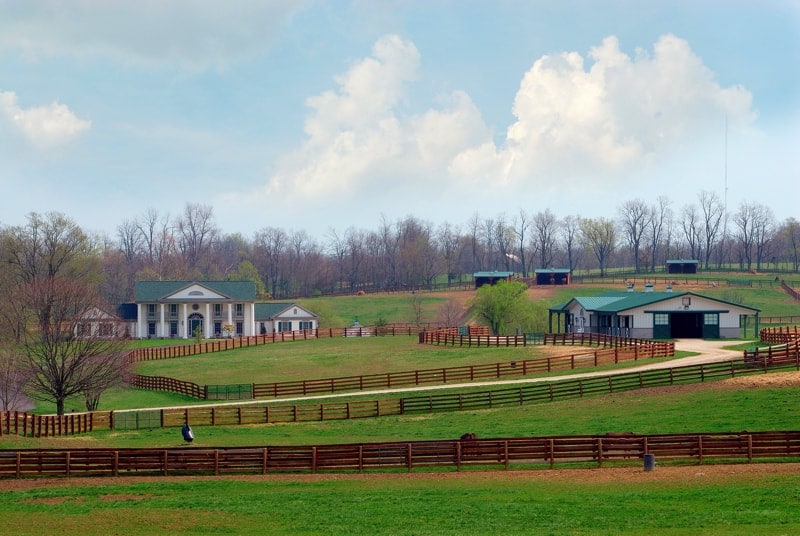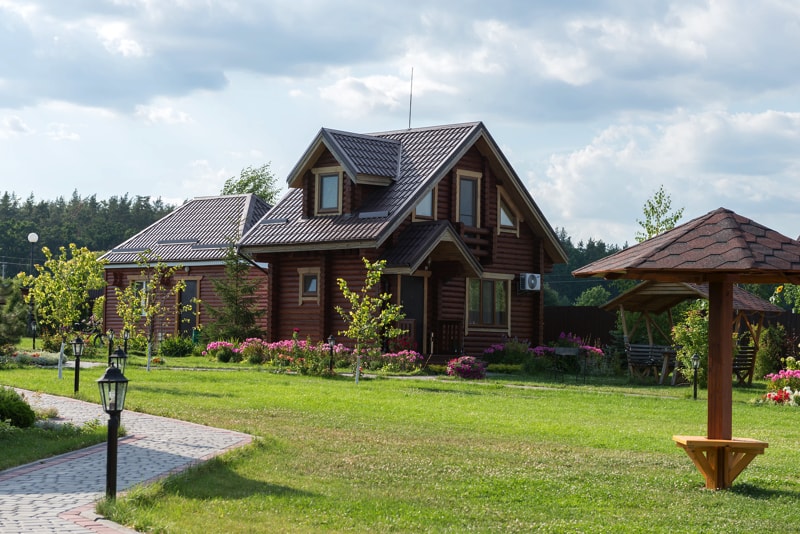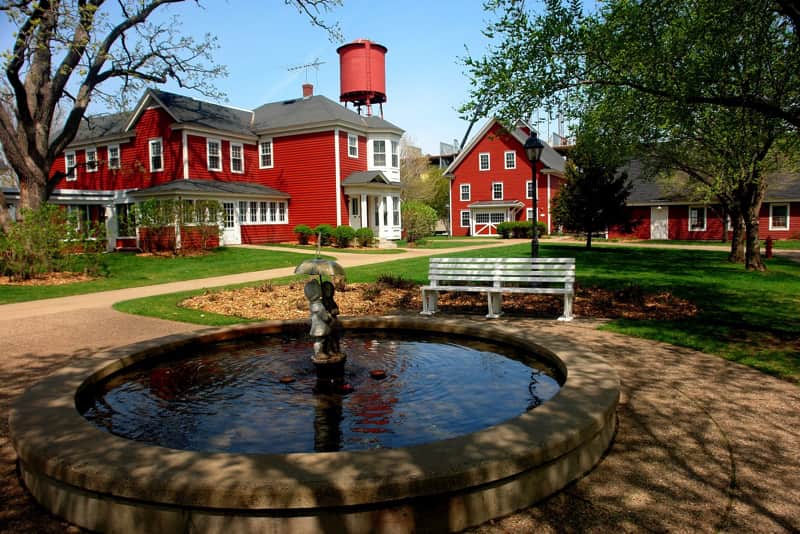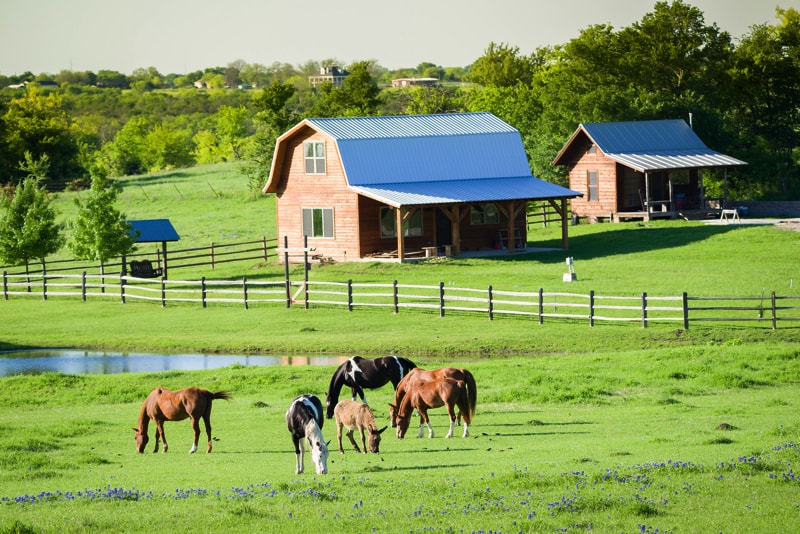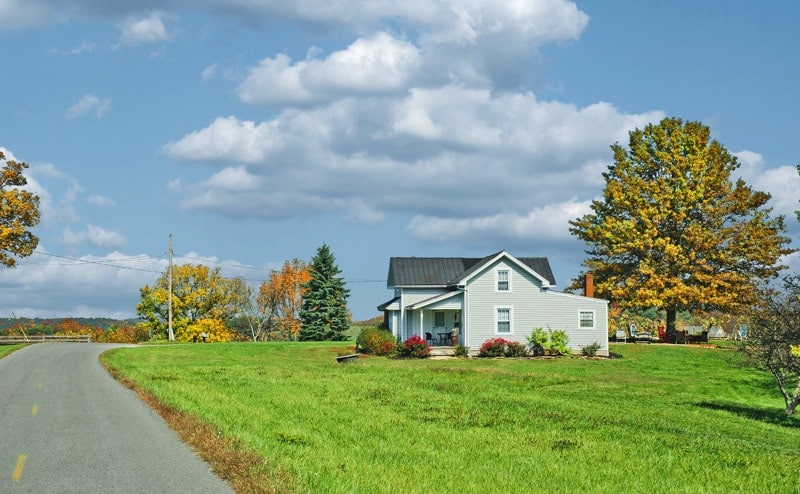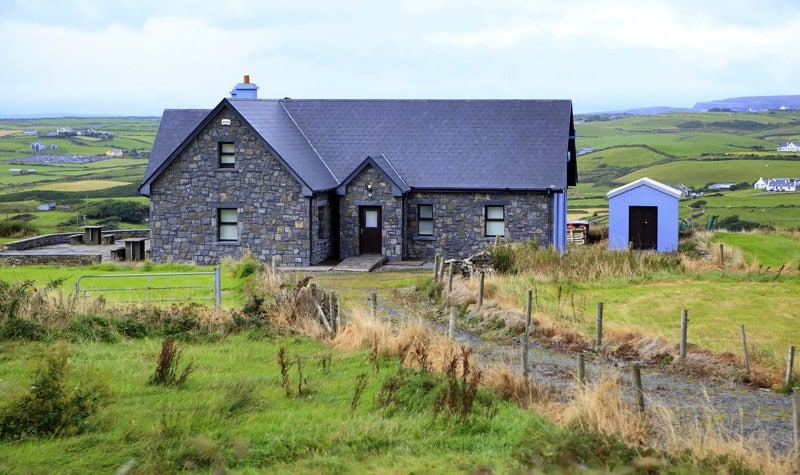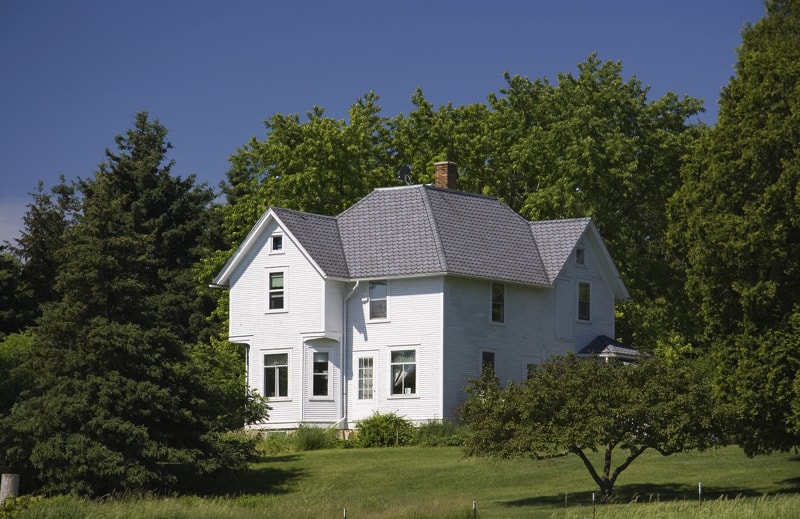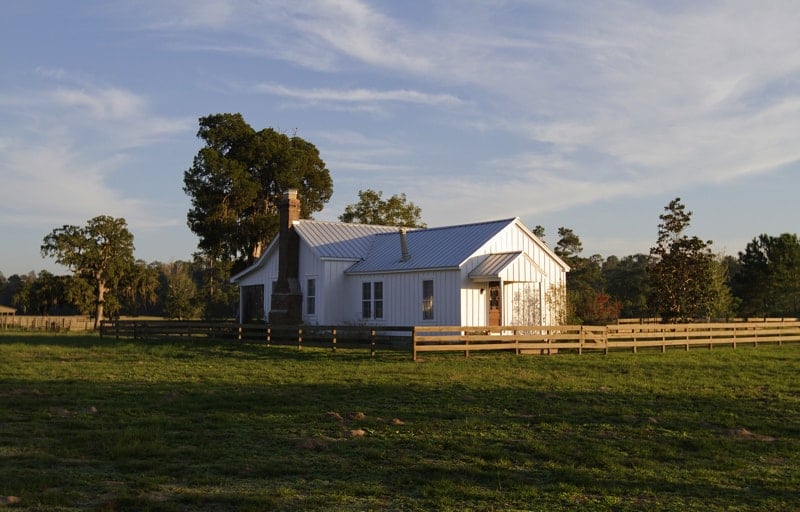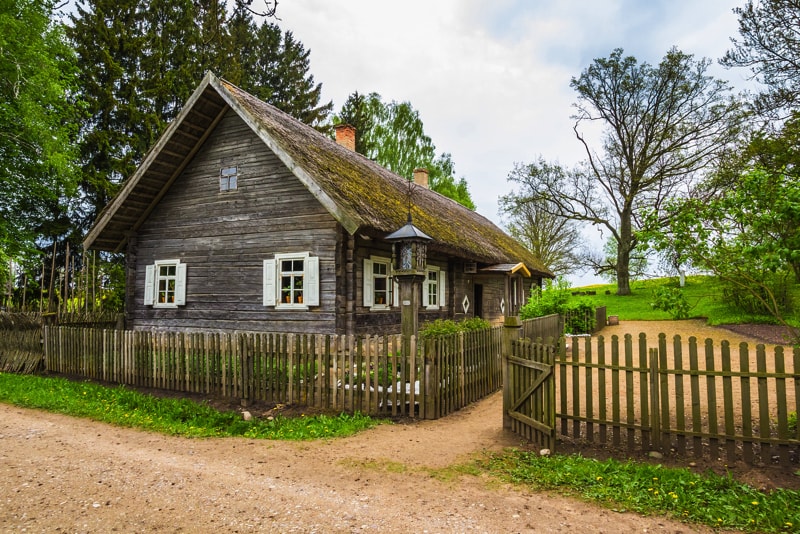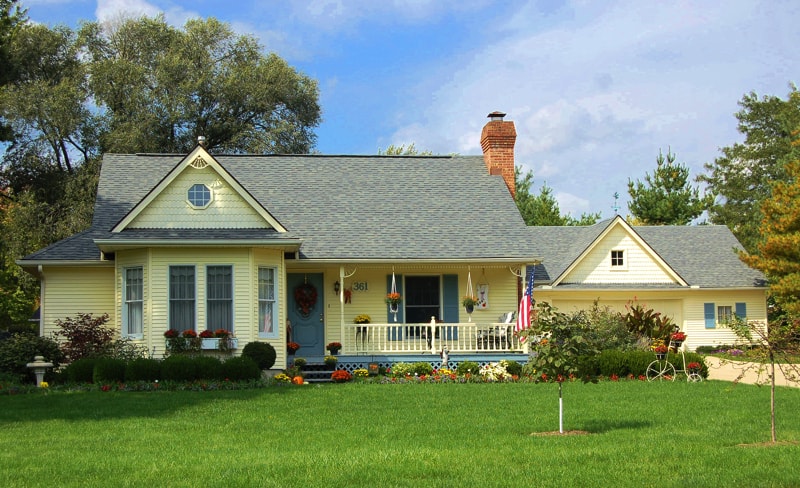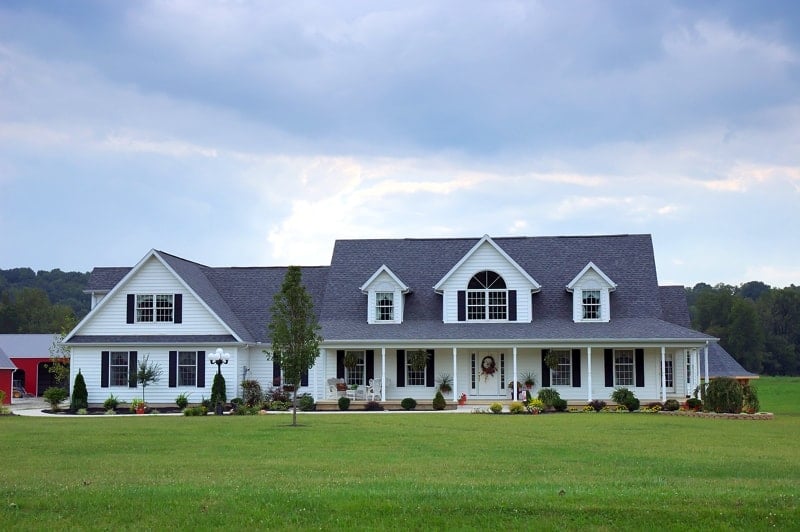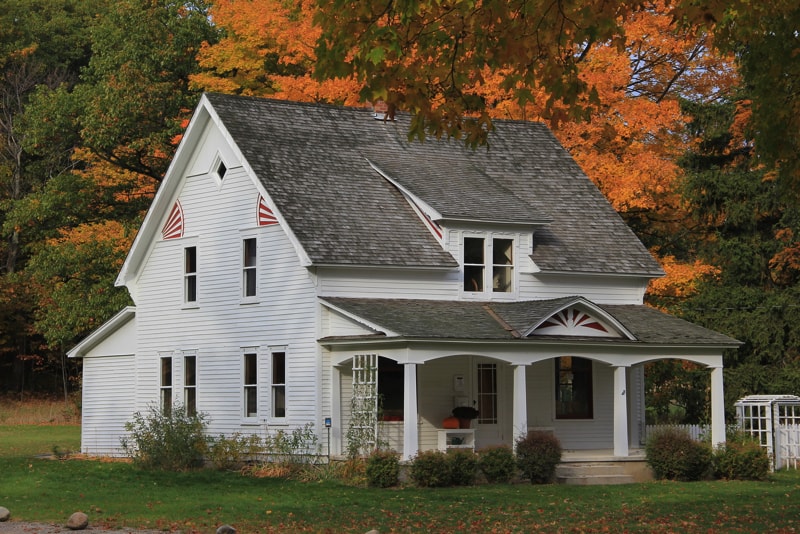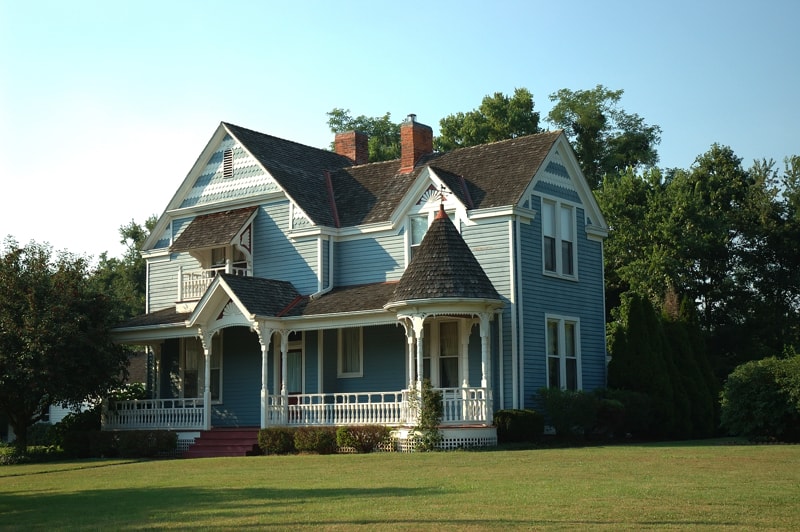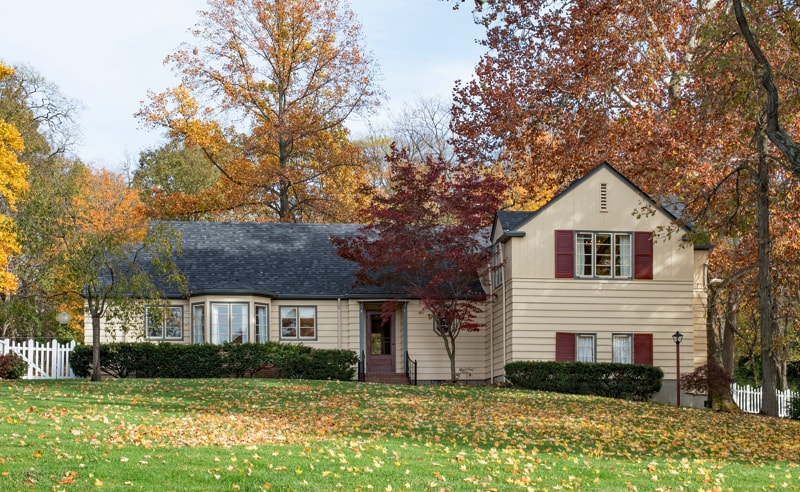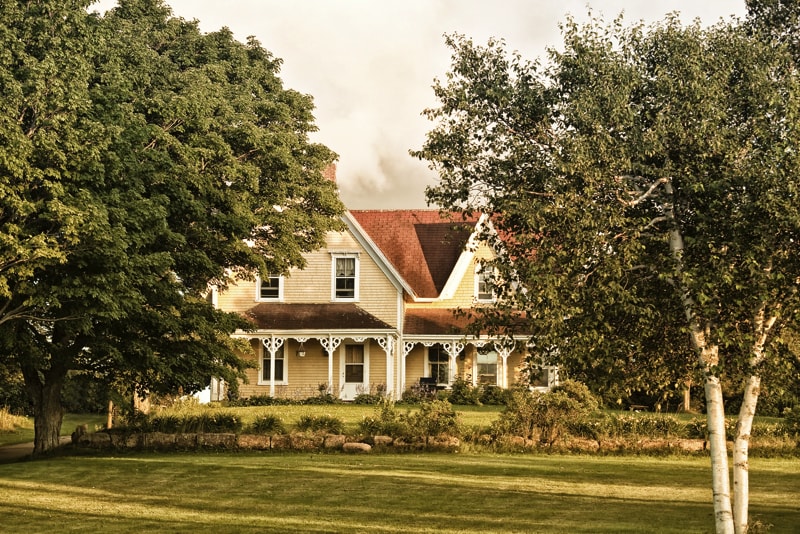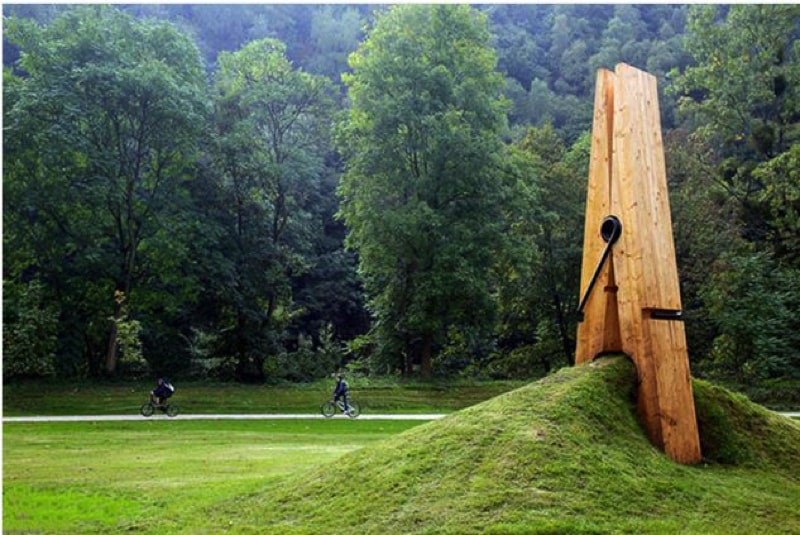
The official definition of public art is any visual artwork, sculpture, mosaic, mural, memorials and any other form whether it be functional or aesthetic, that is located on a publicly accessible site should be considered public art. A very general meaning for a concept as broad and varying as, well, art.
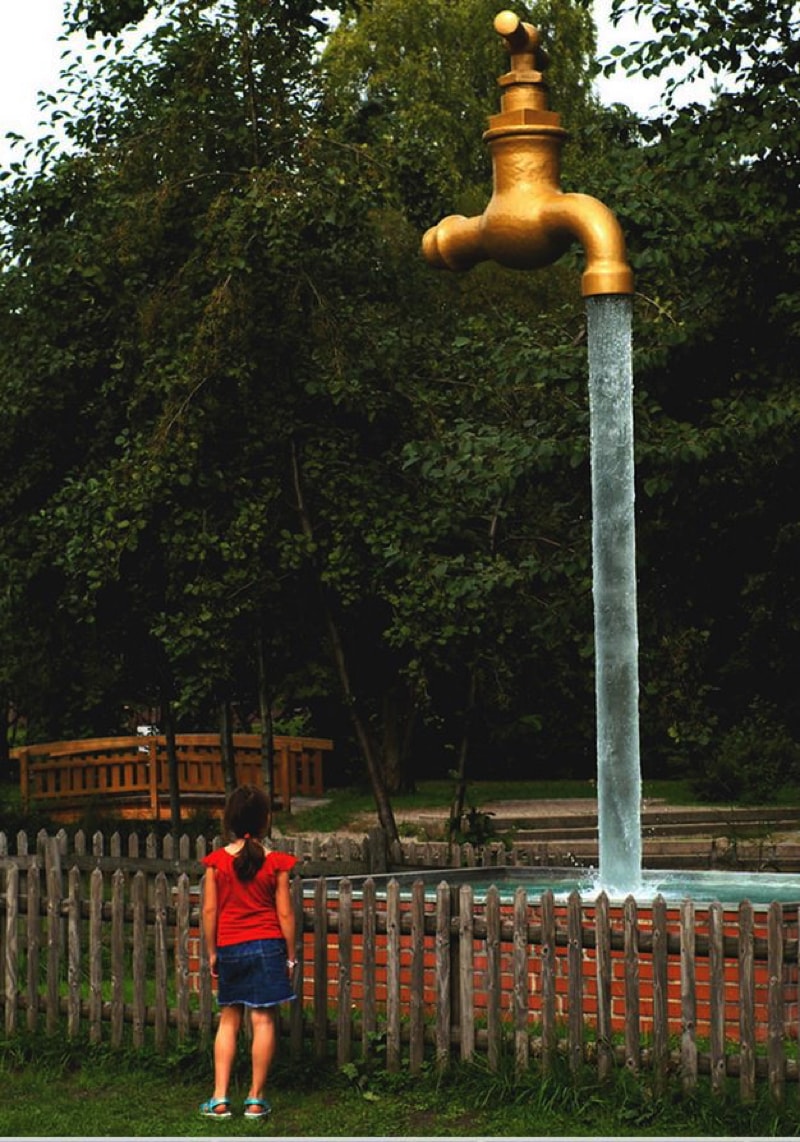 And to make it all-encompassing, public art also covers street performances such as, parades, street theatre, outdoor concerts – any sort of live performance. The scope of this article, however, is much more narrow and defined. Public art = structural artwork made by an artist with the intention of improving aesthetic environs or providing a functional gathering place.
And to make it all-encompassing, public art also covers street performances such as, parades, street theatre, outdoor concerts – any sort of live performance. The scope of this article, however, is much more narrow and defined. Public art = structural artwork made by an artist with the intention of improving aesthetic environs or providing a functional gathering place.
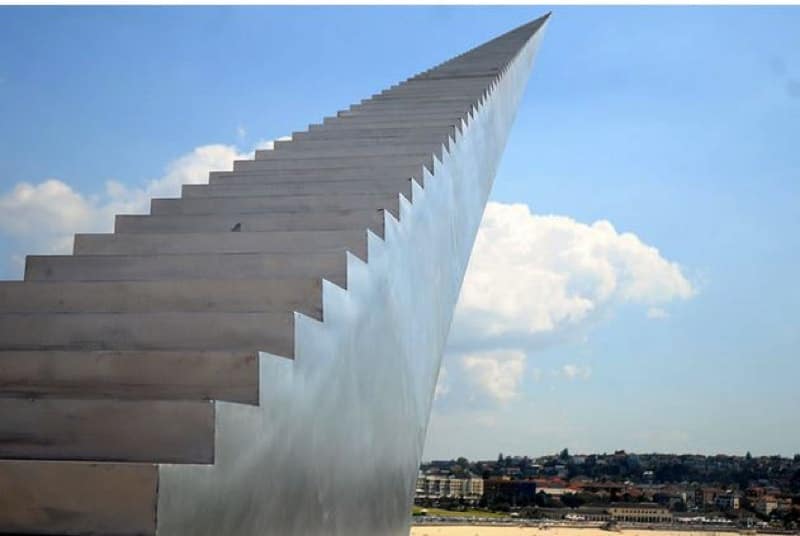 Many of us have walked past, eaten lunch under or beside, thrown coins at, and completely ignored a whole array of public art. But not any more! Public art is a blossoming component of our built landscape that, in many cases, we can be involved in.
Many of us have walked past, eaten lunch under or beside, thrown coins at, and completely ignored a whole array of public art. But not any more! Public art is a blossoming component of our built landscape that, in many cases, we can be involved in.
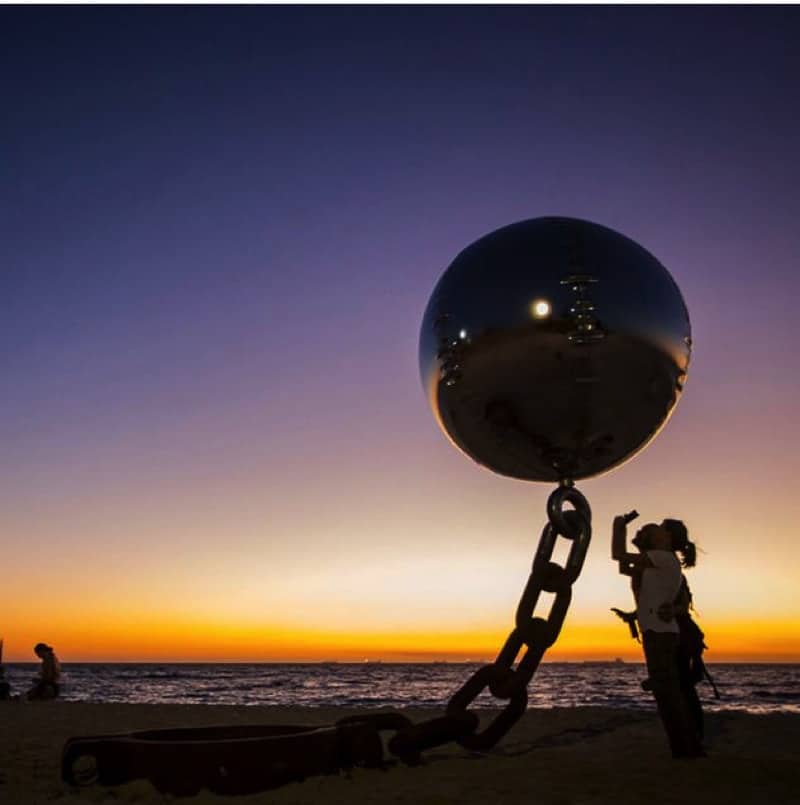 Local governments and art organisations, depending on their public art policy or specific requirements, allow for community consultation on design and basic structure. The level of consultation, of course, depends on the function and placement of the piece being planned.
Local governments and art organisations, depending on their public art policy or specific requirements, allow for community consultation on design and basic structure. The level of consultation, of course, depends on the function and placement of the piece being planned.
 Arts organisations, museums and galleries that are involved in bringing art to the public, have stricter opinions on what constitutes public art and less scope for community consultation.
Arts organisations, museums and galleries that are involved in bringing art to the public, have stricter opinions on what constitutes public art and less scope for community consultation.
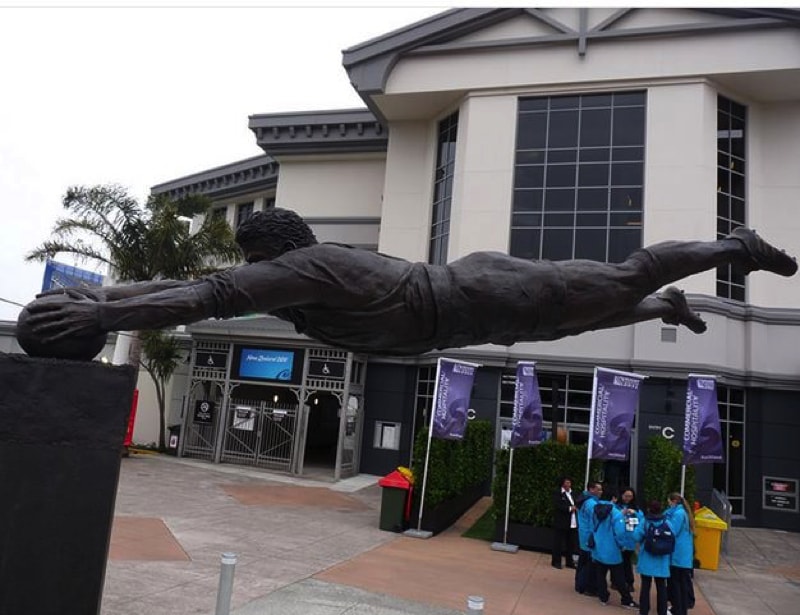 Their goals are different. Developing and coordinating outdoor exhibitions, of one artwork or many, is vastly separated from local government acts that require their planning departments and private developers to make provision for art in future developments.
Their goals are different. Developing and coordinating outdoor exhibitions, of one artwork or many, is vastly separated from local government acts that require their planning departments and private developers to make provision for art in future developments.
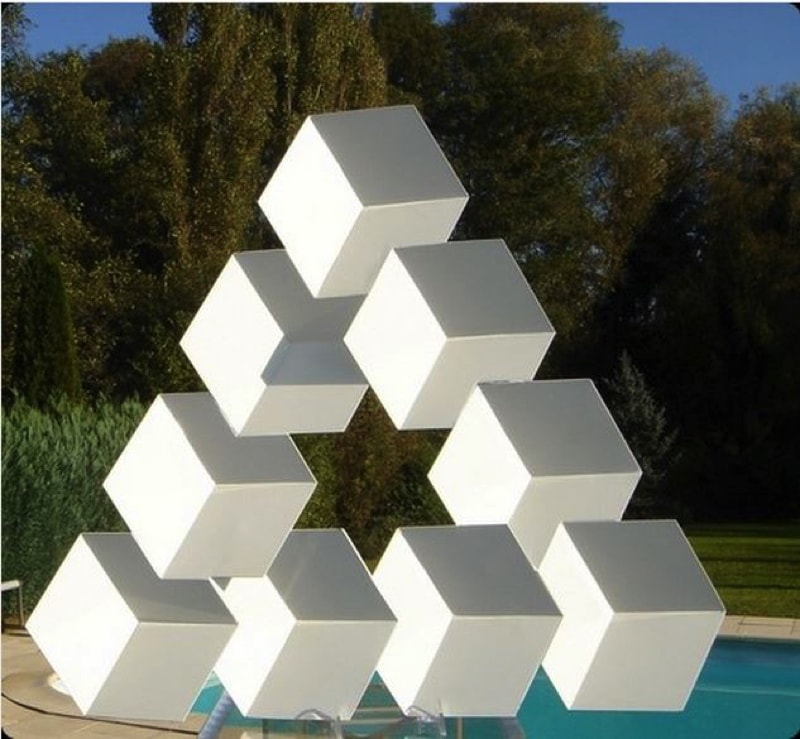 What I love about public art is that the artist often has space to create really big works! Works that can inspire and uplift by their sheer physical presence alone. We won’t like them all, but we’ll pay attention to the statements the work and the artist are trying to make.
What I love about public art is that the artist often has space to create really big works! Works that can inspire and uplift by their sheer physical presence alone. We won’t like them all, but we’ll pay attention to the statements the work and the artist are trying to make.
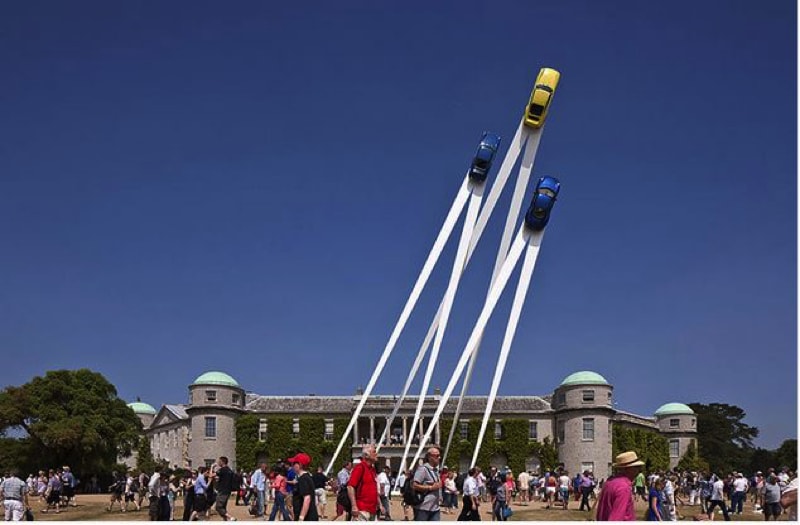 Local government authorities around the world have development policies that require a percentage of a proposed development’s value to be spent on commissioning art. The art may be required to suit a particular location’s natural environment or heritage identity, or fit in with the cultural or tourism demands of the area.
Local government authorities around the world have development policies that require a percentage of a proposed development’s value to be spent on commissioning art. The art may be required to suit a particular location’s natural environment or heritage identity, or fit in with the cultural or tourism demands of the area.
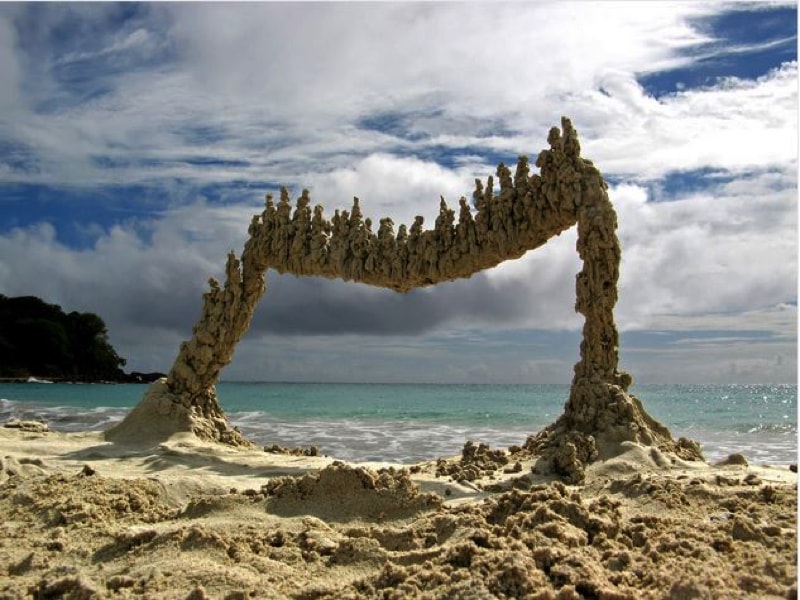 Public art can be temporary as in outdoor exhibitions and building wraps, or permanent such as fountains, memorials, roadside noise reducing barriers or street furniture.
Public art can be temporary as in outdoor exhibitions and building wraps, or permanent such as fountains, memorials, roadside noise reducing barriers or street furniture.
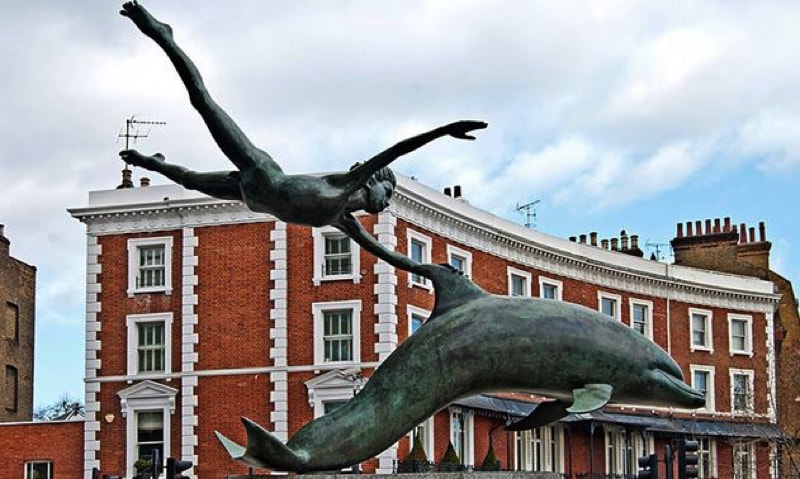 The possibilities for public art continue to grow as many regions include Public Art Trails in their tourism plans. Guides, maps and booklets are being developed that outline and locate notable artworks in an area, and then targeted to local and international tourists.
The possibilities for public art continue to grow as many regions include Public Art Trails in their tourism plans. Guides, maps and booklets are being developed that outline and locate notable artworks in an area, and then targeted to local and international tourists.
